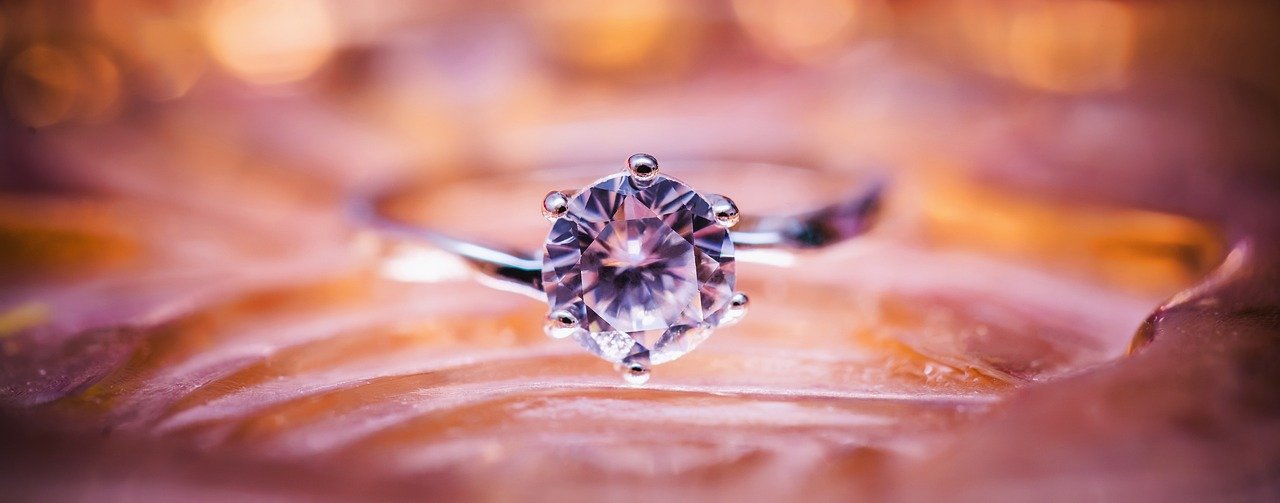As consumer focus shifts towards ethical and sustainable practices, the diamond industry has adapted by offering lab-grown diamonds. These diamonds, created in controlled environments, are chemically identical to their natural counterparts but come without the environmental and ethical concerns of mining. For investors interested in sustainability, lab-grown diamonds offer an appealing alternative. With the demand for ethically sourced diamonds rising, the future looks promising for this sector, offering both financial and environmental rewards. For more info, please visit https://www.moimoi.com.au/engagement-rings/moissanite/
Types of Diamonds
Diamonds are categorized into different types based on their chemical makeup and how certain impurities affect their properties. Here’s a breakdown of the main types: Buy Now!
1. Type Ia Diamonds
These are the most common natural diamonds. Nitrogen atoms are grouped in clusters, often giving them a yellow or brown tint. For more info, please visit https://www.moimoi.com.au/engagement-rings/
- Type IaA: The nitrogen atoms pair up, leaving the diamond optically transparent.
- Type IaB: The nitrogen atoms form larger groups, which can influence the diamond’s colour.
2. Type Ib Diamonds
A rarer type compared to Ia, these diamonds have nitrogen atoms that stand alone rather than in clusters. This results in diamonds with a yellow, orange, or brown hue—like the famous “Canary Yellow” diamonds. Buy Now!
3. Type IIa Diamonds
 Known for their purity, these diamonds are almost free of any impurities, especially nitrogen. Their lack of colouration makes them incredibly desirable for their brilliance. Some of the world’s most famous diamonds, such as the Cullinan and the Koh-I-Noor, fall into this category. For more info, please visit https://www.moimoi.com.au/engagement-rings/lab-grown-diamond/melbourne-victoria/
Known for their purity, these diamonds are almost free of any impurities, especially nitrogen. Their lack of colouration makes them incredibly desirable for their brilliance. Some of the world’s most famous diamonds, such as the Cullinan and the Koh-I-Noor, fall into this category. For more info, please visit https://www.moimoi.com.au/engagement-rings/lab-grown-diamond/melbourne-victoria/
4. Type IIb Diamonds
These diamonds are extremely rare. Instead of nitrogen, they contain boron, which gives them a blue or greyish tint and allows them to conduct electricity. A well-known example is the Hope Diamond. Buy Now!
5. Fancy Coloured Diamonds
These diamonds boast vivid and strong colours, such as pink, blue, green, red, or purple. Their colour typically comes from impurities like nitrogen or boron or irregularities in their crystal structure during formation. For more info, please visit https://www.moimoi.com.au/engagement-rings/melbourne/
Diamonds are Important for Many Reasons
Diamonds play a significant role across various sectors. Here’s a closer look at their uses:
1. Industrial Applications
Due to their exceptional hardness, diamonds are used in cutting, grinding, and drilling tools. They have been incorporated into saw blades, drill bits, and grinding wheels to increase strength and efficiency. Buy Now!
2. Medical Applications
Diamonds are used in medical instruments, such as dental combs and surgical scalpels, because they can be polished to a fine edge and remain sharp. Their biocompatibility also makes them suitable for insertion into the body for medical purposes.
3. Scientific Instruments
The inert and durable chemical properties of diamonds make them ideal for coating scientific instruments, ensuring precision and durability.
4. Symbolism and Cultural Significance
Historically, diamonds have symbolized wealth, power, and status. They are often associated with love and devotion, making them popular choices for wedding rings and other jewellery.
5. Economic Impact
The diamond industry plays an important role in the economies of many countries, creating jobs and contributing to economic growth.
6. Technical Advantage
Synthetic diamonds are used in electronics and high-performance appliances due to their excellent thermal properties and electrical insulation qualities.
